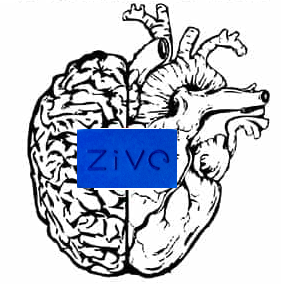SAVANNAH, Georgia — Heart problems are common in the vast majority of neuromuscular disorders, and cardiac monitoring of patients is crucial, even at younger ages, a neurologist told an audience of nerve/muscle specialists.
The cardiac conditions can range from asymptomatic to potentially lethal, said Nicholas J. Silvestri, MD, professor of neurology at the Jacobs School of Medicine and Biomedical Sciences, University at Buffalo, Buffalo, New York, in a presentation at the American Association of Neuromuscular & Electrodiagnostic Medicine (AANEM) 2024. “It’s really important to know when to do tests and refer to cardiology, and it’s really important to find a cardiologist who can work in concert in taking care of these patients.”
Protein Alterations May Disrupt Heart Muscles
In muscular dystrophies, a prevailing theory suggests that alterations to proteins such as dystrophin disrupt structural integrity in both muscle and cardiac cells, he said.
Cardiac problems are universal in DMD by age 18, he said. “Men and boys are living longer, so they have the opportunity to develop the cardiac abnormalities that accrue with time.” Conduction abnormalities typically appear first. “In a lot of these boys, you’ll typically see persistent sinus tachycardia. But they can also develop atrial arrhythmias and bundle branch blocks.”
ECGs and Echos Are Recommended
Screening is crucial. “Make sure that patients get that referral and get these tests done,” he said. “You need an ECG and echo by diagnosis or age 6. This is usually repeated annually or biannually, typically by the cardiologist you’re working with.”
The good news is that there’s evidence of survival benefits from treatment with angiotensin-converting enzyme inhibitors for dilated cardiomyopathy. “Some cardiac experts feel treatment with angiotensin receptor blockers (ARBs) is equivalent.”
Most boys will get echocardiograms, he said, “but there’s a lot of evidence showing that cardiac MRI is probably preferable for a number of reasons,” including better visualization. But the need for sedation limits access, he said, and cardiac MRI may not be available at some facilities.
Worse Outcomes in Becker Muscular Dystrophy (BMD)
Cardiac involvement is more common and more severe in BMD than in DMD. About 50% of deaths in BMD are attributed to malignant arrhythmias or congestive heart failure, he said.
Screening requirements and treatment options in BMD are similar to those in DMD, with the added option of heart transplantation.
Silvestri cautioned that up to 40% of female carriers of dystrophin mutations can develop cardiac dysfunction similar to that seen in DMD and BMD. Cardiac assessments are recommended every 5 years. “It’s important to genotype Mom,” he said, especially in light of the fact that two thirds of DMD cases may be inherited.
“When I send genetic testing on the mother and find her to be a carrier, I send her to a cardiologist so she has the appropriate screening done,” he said.
Pacemakers May Be Considered in Type 1 Myotonic Dystrophy
In type 1 myotonic dystrophy, cardiac conduction abnormalities are seen in two thirds of patients, and sudden cardiac death in up to 30% of patients. “When it is diagnosed, patients do need an ECG at that time, as well as annually,” he said.
Holter monitoring or implantable loop recorders may be recommended, and permanent pacing via an implantable cardioverter-defibrillator might be appropriate.
“Based on the literature to date, the exact timing is not is not clear,” Silvestri said. “The electrophysiologists in my area tend to be very aggressive, thankfully, and treat them fairly soon with pacemakers when we see the first sign of trouble.”
